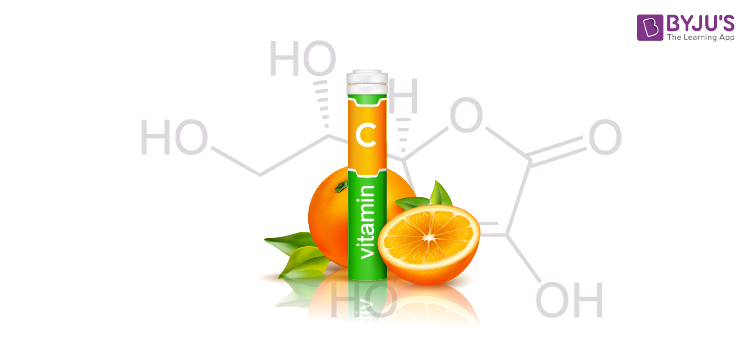What is Food Chemistry?
Food Chemistry involves the study of the chemical process of all biological and non-biological elements of food. Biological elements refer to things namely beer, milk, meat, lettuce, poultry and more. It is identical to the field of biochemistry and its elements such as proteins, lipids, and carbohydrates but also involves areas such as colours, flavours, water, minerals, vitamins, food enzymes and food additives.
Food chemistry includes how foods may change under the influence of various food processing techniques and measures to prevent or reinforce it from happening. A general example for reinforcing would be fermentation of dairy products with microorganism wherein they are responsible for the conversion of lactose to lactic acid. Another example of food chemistry would be preventing a browning that is formed on an apple that has been chopped fresh by sprinkling lemon juice.
Table of Contents
Components and Chemicals in Food

Chemicals are essential building blocks for everything in the world. Chemicals in the food play very important role in everyone’s day to day life. Some components and chemicals in food are discussed below.
-
Carbohydrates
The most common type of carbohydrates used by humans is sucrose. Taking into the account of 80% of food consumed by a human along with 75% of the biological world contains carbohydrate. One of the basic interpretation of carbohydrates is monosaccharide consisting of characteristics of oxygen, hydrogen, and carbon. A polysaccharide is a chain of monosaccharide. Some of the examples include xanthan, pectin, agar, and dextran. The simplest example of a monosaccharide is glucose.
-
Water
Water forms one of the main components, comprising almost 95% of tomatoes, cabbage, and other vegetables, 75% in meat products. It makes a way for contamination of food and also helps in the growth of bacterias if not processed properly. This can be prevented by reducing the percentage of water present in the food for more self-life. Some of the methods include proper refrigeration, freezing, and dehydration.
-
Proteins
Proteins play a vital role in the functioning of a cell. It comprises of 50% of the dry weight of a living cell when considered as average. It contains zinc, copper, iron, sulfur, oxygen, nitrogen, hydrogen and carbon. Source of proteins include legumes, meat, nuts, eggs, milk and green vegetables.
-
Vitamins
Vitamins are essential for the metabolic activity of a body. They are broken down into Vitamin E and Vitamin C as nutrients. Inadequate supply of vitamins would lead to diseases such as scurvy, anaemia, and beriberi. An exuberance of vitamins would lead to vomiting, nausea and may also lead to death.
-
Food Additives
Food additives are materials that are added in food for improving appearance, taste and even to retain flavours. Some of them are naturally occurring flavours namely sugar and salt. But there are many other flavours that are created by chemists and methyl salicylate is one such example.
-
Food Color
Food colour used to change the colour of a food substance. There are naturally occurring as well as artificially synthesized colours. One of the examples of a naturally occurring food colour is caramel and the artificially synthesized food colour is caramel colouring.
-
Enzymes
Enzymes are biochemical catalysts which are used in converting processes from one substance to another. Enzymes are also involved in decreasing the energy and time required to complete a chemical process. For the production of food products like dairy, fruit juices, beer, bread, etc. enzymes are used in the industries.
Frequently Asked Questions – FAQs
How is chemistry used in food?
Why is food chemistry important?
What are enzymes used for?
What are lipids?
What are carbohydrates?
Stay tuned with BYJU’S to learn more interesting topics in Chemistry. Also, get various engaging and interactive video lessons to learn more effectively.


Excellent explanation provided along with example